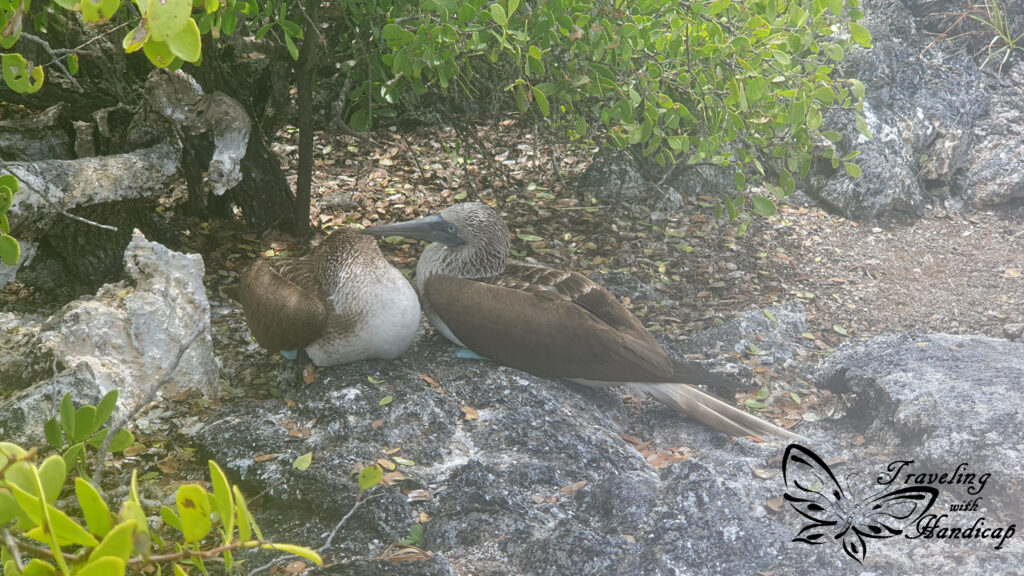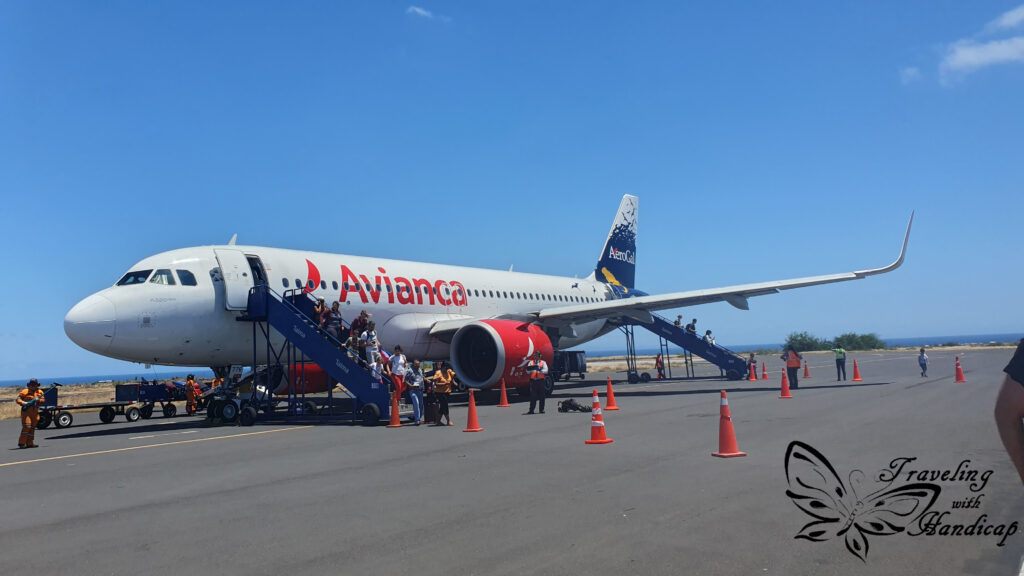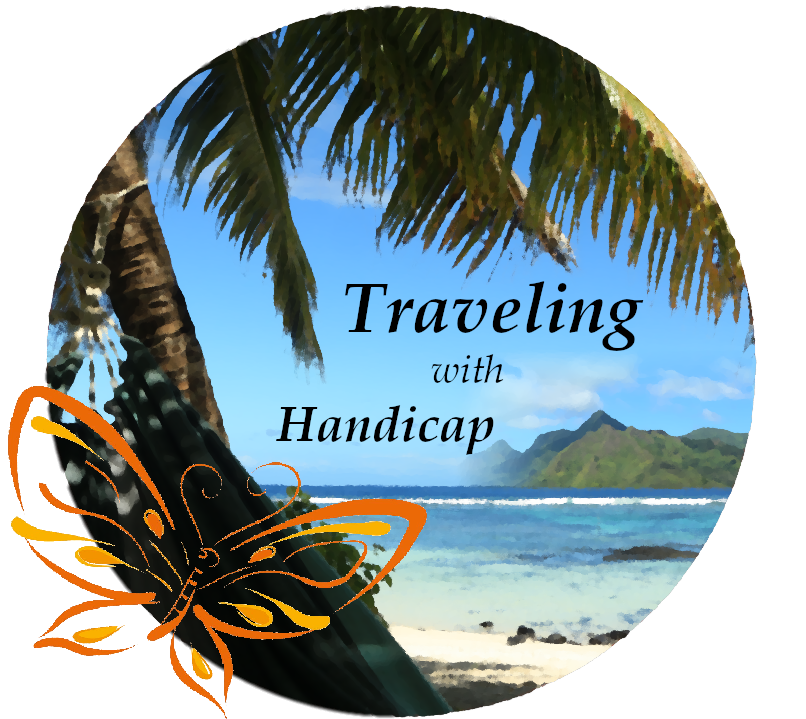Twenty years from now you will be more disappointed by the things
that you didn’t do than by the ones you did do.
So throw off the bowlines. Sail away from the safe harbor.
Catch the trade winds in your sails.
Explore. Dream. Discover.
Mark Twain
The four types of landscapes within Ecuador
The country of Ecuador is a comparatively small country within South America. Depending on what and how much you would like to see, it is possible to experience many aspects of this country within not more than three weeks. Only spending some time in Galápagos might extend the required travel time for Ecuador. Since Ecuador belongs to my top three countries/regions of this one-year trip, I highly recommend visiting this country.



The Highlands
The most obvious landscape from are the highlands of the Andes, crossing Ecuador from north to south. There are many beautiful sights and landscapes to visit along the Andes like the Quilotoa Loop or the volcano Cotopaxi. Moreover, there are peaceful villages like Mindo as well as the cities Quito and my favorite one, Cuenca.
There is a central highway crossing the Andes in most parts, connecting both to Peru in the south and Colombia in the north. I followed this path, including some side-trips connecting to other landscapes. Within the highlands, I refer to the following more detailed texts with respect to my route starting from the south.
- Southern Highlands: Cuenca and Vilcabamba
- Central Highlands: Baños, Riobamba, Latacunga, Quilotoa, Cotopaxi and Quito
- Northern Highlands: Mindo, Otavalo
There are many hiking opportunities, many more than I could have explored within the five weeks I spent in Ecuador. Depending on your destination within the highlands and its altitude, respectively, it might be quite hot or temperate weather.



The Amazon
Even though the Amazon is more famous for covering a large area of Brazil, Ecuador also obtains a region belonging to the Amazon rainforest. Compared to the overall size of Ecuador, it’s a reasonably large area. Actually, the “edge” between the Andes and the Amazon is very beautiful in the area around Tena. While you have the mountains slowly decreasing, still seeing the high peaks in the background, the final slopes of the mountains are already covered with trees, the beginning of the rainforest.
There are different places from which you can start a tour to and within the Amazon. If you really want to experience the Amazon, you should stay and sleep within the rainforest for at least three days. There are multiple providers, some better, some worse. I stayed at Túcan Lodge for four days and had an amazing time. Just be aware that there are offers for “very authentic” experiences staying at a local village deep within the rainforest. If you do that, you take a very high risk that these locals force you to pay them a ridiculous amount of money in order to allow a boat to arrive and bring you back out of the rainforest.



The Coastline
I personally skipped the coastline as I have heard that if you visit Galápagos, you have seen something better than the coastline already. Moreover, I heard some sayings that some spots along the coast are known as “Galápagos for the poor”. Besides, the coastline, especially around Guayaquil and Esmeraldas, is known to be dangerous and should be avoided. This is because of the cartels fighting for the rule over certain areas with respect to drug traffic. There have been random shootings on the streets, thus, these cities definitely had to be avoided.
I am not able to predict how the situation might change in the future. Nevertheless, Guayaquil is not more than a huge industrial business city without any touristic value, therefore, can be skipped. Also, Esmeralda is not known to be of any touristic value. If you would like to visit the coast, especially if you don’t fly out to Galápagos, I have heard positive stories regarding:
- Manta
- Isla de la Plata
- Puerto López
- Montañita
Galápagos
I went to Galápagos from Quito. Another option is flying from Guayaquil. On Galápagos, you might fly to Isla Baltra next to Isla Santa Cruz or to Isla de San Cristóbal. There are public ferry connections between Isla Santa Cruz and Isla de San Cristóbal, as well as between Santa Cruz and Isla Isabela. Any other islands are — if — only accessible by expensive tour-related ferries or interisland flights.
I stayed on the islands of Galápagos for 12 days, thus I had a really great and intensive experience. I give a short overview on my main pros and cons for some overview to pick the most appropriate island with respect to your available time, budget, and expectation.



Isabela
Isabela is the most rural and least populated island. Thus, it’s reasonably quiet and not much going on. Locals charge tax at the harbor from people entering the island. The only island with both Galápagos penguins and pink flamingos. No public transport since there is only one small village. When I visited, I paid the standard fee for any shared taxi of $1.



San Cristóbal
No public transport, if you like to visit other places further away from the town you need to pay for expensive taxis. No entrance tax for the island. Great beaches with many seals and turtles within walking distance and free to explore. The official capital of Galápagos is located on this island, with the airport in walking distance to it. Medium-size town, not too small, not too big. Possible to spot hammerhead sharks when diving at Kicker Rock.



Santa Cruz
This one is the most touristy island with the biggest town, Puerto Ayora. Fees for both taxi boats and for using the ferry terminal just as an extra when taking the ferry. Quite long (and thus unreasonably expensive) way to and from the airport. You may spot some big turtles just by walking around in the central highlands, without paying for the entrance to a farm.



People
My experience with the people of Ecuador was very positive. Except for problematic drug cartel related problems, the people of Ecuador appreciate peaceful life. Ecuador uses the US-Dollar as their currency. Thus, its reasonably stable economy is an important factor to be less likely affected by a big inflation. When I stayed in Ecuador during their election, I experienced that the people impacted by a possible extension of the oil fields for industrial purposes within the Yasuní National Park, people voted against that. This is why I consider the people as cautious of nature, taking care of mother earth.
Due to the dollar, many foreigners settle in Ecuador, especially within the south. In Cuenca, I met many English-speaking people who settled, lived and worked within Ecuador. Thus, people seem to be more connected internationally. I was surprised how well many people speak English. This is why I would not recommend Ecuador as a country to learn Spanish. Of course, knowing Spanish is necessary at more remote places, but English is also often used.
If you need any support due to specific circumstances, the people of Ecuador are very supportive. Especially the locals, who don’t have any additional education with respect to diversity and such topics, just know how to help by using typical human manners. One of the best experiences I ever had within this context took place within the Amazon.






Accessibility
In general, the accessibility is not perfectly elaborated in ways that there is an overall standard. The more remote you get, the less accessible. I have not recognized proper elaborations to make houses wheelchair-accessible, as I frequently recognized stairs only. Also, due to the uneven ground or bad-quality sideways, it’s rather difficult to walk with restrictions such as with a cane. Even though it is quite difficult to get around on your own, people are very helpful to support you by either delivering you something or helping you with individual stairs etc.
When using buses, there is a reduced fare for people with a disability. I was surprised that I could use it, even as a foreigner, without an Ecuadorian document. My German document was considered to be sufficient for all longer connections except the one between Loja and Quito. Only for local city buses with fares of less than US-$1, I couldn’t tell because in these cases I usually didn’t ask for the discount.




Getting around in Ecuador
Ecuador has an extensive bus network. It is also one of the very few countries in Latin America having railways available for passenger traffic. However, due to austerity measures, the railways have not been used across the country while I visited and until now. I am not sure when or if they might be reactivated again. This is why I couldn’t do one of the typical touristic train rides with the Tren Crucero passing Devil’s Nose.
On the one hand, Ecuador is small enough to not need cross-country flights. On the other hand, the distances between sights in different landscapes are rather large because of a lack of straight roads or direct buses. I flew only to Galápagos and back and used buses across the mainland. If you want to take a long-distance bus, you need to buy a ticket beforehand. If you just consider taking a bus on a short and frequently used connection, you could just wait at one of the bus-stops, jump on and pay in the bus. These rather short and flexible routes consume more time than you would need driving, since the buses stop at many small villages.
I recommend asking locals upon the current bus schedules, since the online systems do either not show all available agencies and times or outdated dates. Knowing the recommendation of locals, try to be at a bus terminal a bit earlier than they recommend, as the buses just leave as soon as they are full — even before departure time. This way, you might not risk waiting for the following connection, which could be an hour later. Also, combine prices of different agencies before buying a ticket, since there are no standard rates per distance.







